Brock Yates’
CANNONBALL EXPRESS
A personal Journal of Automotive News and Opinion
Volume One, Number 18/19 – April 25, 1979
The Cannonball: One More Time
On the first weekend of this month, which included April Fools Day, David Heinz of
Tampa, Florida and David Yarborough of Charleston, South Carolina drove a black XJS Jaguar
from Darien, Connecticut to Redondo Beach, California in the rather astounding time of 32
hours and 51 minutes. This feat by a pair of mannerly and otherwise quite sensible British
Leyland automotive dealers won the fifth running of the Cannonball Sea-to-Shining-Sea
Memorial Trophy Dash and established then as the fastest transcontinental drivers in
history.
Therein lies a story.
It started on a black, rainy night at the Lock, Stock and Barrel Restaurant in Darien.
Forty-six vehicles ranging from an R90S BMW motorcycle to a 1948 Rolls Royce were spread
around the parking lot. Perhaps three thousand people milled through the area, turning the
pretenses for a secret start into a bad joke. A band was playing. Kids were running
around. The one who observed this scene was just like the Gumball Rally nearly got
slugged. The local Darien police were lurking in the background, promising their blessings
provided no laws were broken. Scouts were observing that no serious concentrations of
State Police could be found on nearby Interstate 95, although that organization had
ironically announced a weekend of massive enforcement on the Merritt Parkway a few miles
to the north. Somehow the event had bulged all out of proportion. What had been planned as
a starting field of twenty had doubled in size when more and more qualified entrants came
out of the woodwork. Thanks to friends in high places and some simple good luck, the New
York Times had barely missed writing advance stories on the Cannonball, which would
have blown the entire affair. As it was, everyone on the East Coast seemed to know what
was going on. Word came that a small group was hanging around the Red Ball Garage, the old
starting spot in Manhattan. Press people seemed to be everywhere, blazing away with Nikons
and scribbling notes. The Barrel was clogged with drinkers and diners, a goodly number of
the latter being Cannonballers partaking one final meal prior to a day-and-a-half of candy
bars and warm Coca Colas. A substantial number of manufacturer’s reps were on hand to
unofficially cheer the proceedings. The merry men from Cincinnati Microwave appeared,
complete with test equipment, to insure that their Escorts being used in the event were
operating perfectly. (Almost all of the starting field carried these state-of-the-art
units.)
We had received repeated intelligence that the vaunted California Highway Patrol was
awaiting our arrival with a certain perverted eagerness. An anonymous phone call had
informed us that unnamed Connecticut officials were displeased with the Cannonball and
planned undetermined countermeasures. A snowstorm was said to be building in the Rockies.
Interstate 80 through the Western Pennsylvania Mountains was riddled with foot-deep
potholes and the nuclear accident at the Three-Mile Island facility near Harrisburg
threatened to cut off the Pennsylvania Turnpike. And there was always the fear of the
crazed storm troopers who compose the Ohio State Police.
Into this obstacle course slipped the crazed forty-six. As the perpetrator of this
affair, I felt like old Lord Raglan watching the charge of the Light Brigade. The first
away was Bob Kovaleski, Oscar’s Kid, at the wheel of a white Z-28 carrying the Polish
Racing Drivers of America emblem. (By Tradition, the PRDA always gets the "Pole"
position.) Urged on by the good luck kiss of Rae Cameron, the lovely lady whose
organizational zeal permitted uncounted multitudes of problems to be solved, and a lusty
cheer from the crowd, Kovaleski Company slipped into the rainy night.
Others quickly followed; Hollywood stunt men and general handymen Loyal Truesdale and
Keith Patchett buttoned up their leathers, cranked their BMZ into life and fled into the
darkness. Jim Mullen and his willowy wife, Joan, howled away in their elegantly tatty but
wonderfully noisy 1962 Short Wheelbase Berlinetta Ferrari. The Mullens have a number of
new Ferraris in their extensive car collection but Jim, a Boston advertising executive,
felt it only right and proper that the Cannonball be done in the old SWB. The 1948 Silver
Wraith slipped away quietly with a chauffeur Edwin Harmston at the wheel and its elegantly
dressed owners, Mr. And Mrs. Stephen Kendall-Lane of Mayfair, London nibbling at
provisions form the Fortnum and Mason in the back seat. The Kendall-Lane’s had
arrived for the Cannonball via Concorde and had rested for the event in their suite at the
Waldorf-Astoria. Trailing discreetly behind them was a new Mercury Park Lane Station
purchased to serve as a support vehicle on the journey. Mark Pritch, a feisty little man
from Long Island who, in company with Bondurant School instructor Bill Cooper, pledged he
would break the record of 35 hours and 53 minutes, bustled off in his jet-black Ferrari
308GT. A silver 6.9 Mercedes-Benz handled by a lean Boston Marathoner and Harvard teaching
fellow named Tom Hickey moved out sedately. Hickey and his associates, Al Alden and Dick
Field, were immaculately dressed in sports coats and ties, which was perhaps the best
cover of all. However others were tried. The California Chevy Suburban team led by Jim
Sensebaugh appeared in muted gray and white government colors with large "Satellite
Tracking, Radiation, and Warning, Stay Clear" signs on its flanks. The team was
equipped with Geiger counters and delighted in scanning unwitting gas station attendants
across the nation. The trick was particularly effective in the Harrisburg area. Lou
Sellyei and Gary Arentz, a couple of MD’s from Reno, Nevada drove off in a XKJ
carrying a box containing a pair of pig eyes. The emergency eye bank scam. Not bad. Two
teams went the drive-away route, one with a 1977 Chrysler, the other with a 1972
Thunderbird provided by the same New York operation that had supplied a Sedan DeVille in
the 1971 run and the winning Coupe DeVille in 1972! Dennis Menesini, the super-modified
driver, had appeared in Darien several days early with his massive 454 Chevy dual-wheel
crew-cab and Charlie "Batman" Robison. Dennis, who is the fiercest-looking
five-foot, eight-inch 225 pound man one is likely to encounter, set the tone for the event
when he confronted the stuffy desk clerk at the local Howard Johnson’s and demanded,
"Where’s all the goddamn hookers?" Motor Trend staffer Fred Gregory
and Oui editor Peter Brannan tried to drive the same Herb Adams Pontiac Fire-Am that
competed in the Daytona 24 Hours but a broken suspension and numerous carburetor fires
prior to the start and a terminal oil leak shortly thereafter left them no choice but to
fly to California carrying the car’s trunk lid as a souvenir of disaster. In all, 123
crazies, wastrels, rich men, poor men, beggarmen and thieves got underway in the
participating vehicles. Among them were notables like Jacques Villeneuve, Gilles brother
(Gilles was an enthusiastic entrant with his old Formula Atlantic car owner, John Lane,
until his Long Beach GP schedule interfered), Indy car pilot John Mahler, human fly
extraordinaire George Willig, Sports Illustrated writer Sam Moses, Offshore
powerboat champions Sandy Satullo and Charlie McCarthy, Karting champ Terry Baker and my
partner, Hal Needham, whose plan to run a bogus ambulance was perhaps the best number ever
to be tried in the Cannonball.
The "TransCon Medivac" Dodge ambulance was built at great expense and in much
haste by Bill Mitchell of Cheshire, CT. It carried a monster overbored 440 Chrysler Magnum
modified to produce about 380 reliable horsepower by Dick Landy in Los Angeles. Special
sway bars and shocks from Quickor Engineering in Beaverton, Oregon aided high-speed
stability while a vast collection of bogus flashing lights, medical decals, uniforms, etc.
added to the camouflage. With a 60-gallon fuel capacity and an estimated 125-mph top
speed, we thought we had a winner. With my wife, Pamela on a Gurney stretcher, hooked up
to oxygen and an IV bottle, and attended by a mildly crazed radiologist friend of
Needham’s, we knew we had a winner. However, like all heavily modified
machines, the TransCon was not properly tested by the time it reached Darien. A badly
adjusted Holley 850 carburetor crapped out less than 100 yards from the start, and we lost
a full hour while a couple of local mechanics valiantly made emergency repairs (torching
the lock off their garage door in the process).
Somehow the entire field slipped through Connecticut and New York without notice (the
ambulance’s flashing lights were magical on the crowded Cross-Bronx Expressway).
However the Mullen’s old Ferrari faltered near the George Washington Bridge and they
were forced to stagger back to Darien for repairs. Paul Fassler and Bob Ziegel, a pair of
bon vivants in a flame-red Porsche 930 Turbo, got lost in New Jersey and blew their
chances for victory early in the going.
Most of the field split across rainy, fog-bound Interstate 80 and into the jaws of the
bright-eyed morning shift of the Ohio State Police. Mark Pritch crossed the border in the
beam of K-55 and was arrested for a panic-stopped 80 mph. Overcome by the urgency of the
moment, he was nailed twice more in the next five miles, developing in that brief interval
a first-name relationship with the Smokies, a much-lightened wallet and absolutely no
chance of winning the Cannonball. Charlie McCarthy was among the casualties in Ohio, but
set some sort of dubious mark by leaving a bond of $900 for his speeding citation (he was
later fined $90). Others fell to the state police here, giving Ohio the honors, along with
Missouri, of accounting for a lion’s share of the 50 speeding tickets issued along
the way.
An examination of the map will reveal that most of the serious westbound routes trace
their way through some parts of Missouri. Moreover the schedule of the Cannonballers
caused them to hit this state in broad daylight, when the highway patrol was operating at
peak strength. Missouri was the Cannonball’s MIG Alley. Several dozen worthies were
zapped, including 1972 winner Yogi Behr. Poor Behr was sleeping while his driving partner,
Rod Dornsife, outran a patrol in their 928. They exchanged seats and Behr drove back on
the Interstate and into the arms of the enraged law. As the British so politely put it,
Yogi was "detained" for five hours while the situation was clarified. While
compiling the exact movements of the 40-odd vehicles in a scatological event like the
Cannonball is impossible, it seems that Sunday afternoon, April 1, 1979 was a day of
high-speed madness on Interstate 44 in Missouri. Those competitors who carried police
radio scanners in their vehicles reported crazed chatter on the part of the Smokies as
they sped up and down the road in search of squadron of cars rocketing through their
state. The ominous black Jaguar of Heinz and Yarborough was a particularly prized quarry
that slipped through their net. One Smokey was heard to growl, "If we catch that
black jaguar, we’re gonna put it in the crusher and its driver’s in jail!"
Fortunately for Heinz and Yarborough, they had no monitor and were not privy to such
bellicose talk. "If we’d have heard stuff like that, we’d have probably
slowed down," mused David Yarborough after the finish.
The TransCon Medivac effort was essentially finished by the time it got to Missouri.
After starting with a one-hour penalty, the B&M TorqueFlite automatic puked a seal in
Illinois, triggering endless stops for fluid fill-ups. Before the thing quit entirely in
Palm Desert, California, and we were hauled to the Portofino on the back of a Kenworth
flatbed out of Las Vegas, we had loaded six gallons of transmission fluid, uncounted cans
of sealer and a few quarts of 40 weight engine oil into the transmission. However while it
was running the ambulance seemed immune to detours, the police, traffic jams and general
highway hindrances. One can only speculate how we would have fared if the project had
enjoyed more development time before the start.
The second night shrouded the runners as they sped into Texas and New Mexico. There the
old bugaboo of yapping truckers appeared as in had in 1975. Enraged by bright
quartz-halogen headlights or simple speed, not a few eighteen-wheel drivers set out to
sabotage the Cannonballers, either by squawking warnings on the CB (to be counter-measured
in some cases by competitors simply keying their 100-amp linears and blowing them off the
air) or blocking the road. Things got nasty on several occasions, with second-placer Tom
Hickey’s 6.9 being run onto the shoulder and the third-place Trans-Am of Jerry Pierce
and Mike Snyder almost becoming the sausage in a monster truck sandwich in Arizona.
However Terry Bernius and Tom Cripe reacted to the challenge by announcing to the truckers
that they were engaged in a protest against the 55-mph speed limit. This elicited massive
support from the truckers, who began calling the tiny Lotus Esprit "the
Snowplow" and beckoning it on with blinking turn signals.
Exhaustion let to paranoia. Bob Kovaleski blew his chances for a high finish when he
convinced himself that a roadblock lay ahead in Arizona and doubled back 50 miles to avoid
the non-existent barrier. In the meantime the old Rolls Royce was rolling serenely ahead,
although its windshield wipers (fabricated at the last minute from old bits) failed and
its drivers were reduced to operating them by hand. Cannonball veteran Wes Dawn, who has
competed in every Dash since 1972, teamed up with Jeff Martini in a new El Dorado and
tried, for the second time, to beat the system by running I-80 to Salt Lake City and then
cutting south on I-15—surely the long way around. Their journey started badly when
they hit an accident scene in Ohio and sat in the jam-up until Dawn and Martini leapt out,
grabbed brooms and helped sweep up the debris.
In the meantime Hickey, Alden and Field and their 6.9 Mercedes were becoming the
children of destiny on the Cannonball. Operating without an Escort, making only
rudimentary use of the CB and waiting for credit card receipts at their gas stops, they
were stopped but once by the gendarmes and were maintaining an incredible 85 mph-plus
average speed. At one point in Arizona they smoked by the fourth place finishers, Mark
Whiteside and Stephen Fog and their Trans Am at perhaps 140-mph. All this in an area
swarming with police. While this was going on, the oldest vehicle in the race, a 1936 Ford
panel truck, entered by Hemmings Motor News, was struggling through a series of
minor disasters. After a blitz of electrical troubles early in the going, drivers Terry
Erich, Dave Brownell and Justus Taylor settled into a routine of stopping every 50-60
miles to lubricate a noisy generator bearing. While cruising nicely at 85-90 mph for most
of the distance, BMW worthies Truesdale and Patchett rode into a snow squall near Winslow,
Arizona and were forced to hold up in a motel until the weather cleared.
It was deep in mountains of Arizona that Dennis Menicini and the crew of the Chevy
"dualie" had their moment of truth. After missing the turn to the famed
"Ash Fork Cutoff"—the fastest but most dangerous route to
California—Dennis and Co. arrived in the tiny town of Jerome, Arizona with a pack of
kids driving a 1967 Chevelle. Traveling several miles with the Chevelle’s high beams
frying their rear view mirrors, Dennis then suggested to Batman, who was driving, that he
switch off the tail lights and spike the brakes "to see if those assholes behind us
are paying attention." This action prompted the Chevelle to narrowly miss ramming his
truck before it skidded into the tumbleweed. Less than pleased with this gesture, the kids
overtook Dennis and heaved a beer can at his truck. Dennis responded by giving chase,
because nobody throws anything heavier than a dirty look at his truck. Suddenly the local
cops were in the hunt as well, helped along by Dennis’ CB report that his vehicle was
under siege from a bunch of crazy teenagers. Promising to put things right, the Mountie
rocketed off in pursuit of the Chevelle while Dennis cooled it at a prudent double-nickel.
A few miles down the road they overtook the cop and the Chevelle, which was sidelined with
a badly blown engine. Still angry about the beer can, Dennis leapt out of his truck and
rushed the driver of the Chevelle, a husky kid with a large nose. Dennis stuffed his
business card (M&H Custom Fabrication, Custom Oval track wheels and Accessories,
Sparks, Nevada) into the stunned kid’s mouth while growling, "If you want more
trouble, here’s my address. Next time I’ll pinch your head off and shit in the
hole." With that pleasantry off his chest, Dennis and Batman fled towards California.
Because of their pace, the first six cars, all of which shattered the old record of 35
hours and 53 minutes, slipped into California in the black hours of Monday morning, when
the CHP forces are minimal. However much of the field arrived after the 5:30-6:30 shift
change, when a whole armada of Chippies, complete with their new Z-28’s and old 440
Magnums were supposed to be waiting. But what was happening? Could this be the California
Hype Patrol? Were these Bears, Grizzlies or Pandas? Cannonball car after car flogged
across the border with its crew’s eyes probing for black-and-whites, only to find
clear horizons in all directions. Sixth placer Rick Doherty and his Mazda RX-7 were nailed
for 90 mph, but little else affected the front-runners in California. Chris Romaine and
Terry Baker, driving a pristine red Ferrari 308 GTS ran the entire distance without being
arrested or even warned (what does that do to the theory about cops and their attraction
to flashy sports cars?) and averaged 91 mph from the California border to the
Portofino—including about six miles of urban, stop-and-go traffic.
The finishers straggled into the Portofino for much of Monday. By Tuesday the English Truck
Magazine entry of Andrew Frankl and John Hitchins—a miniature, Capri-V6-powered
dual axle cab-over-tractor had arrived, has had the BMW motorcycle (the other motorcycle
entry, an 850 shaft-drive Suzuki, was ridden, pony-express fashion, by five riders from
the Western-Eastern Road Racing Club and finished in a credible 43 hours and 32 minutes).
Finally, as the thoroughly zany victory banquet was underway and Chris Pook of the Long
Beach GP was accepting a $2500 donation on behalf of the Cannonball for the Gunnar Nillsen
Cancer Fund and old teammate Dan Gurney was presenting the winner’s trophy, it was
over and an amazing week-long celebration was about to commence.
CANNONBALL AFTERTHOUGHTS
If anything was proved by this affair, it is that good drivers in good automobiles can
drive practically as fast as they can go with high levels of safety and only modest
interference from the law. The 55-mph speed limit can easily be compromised, as it is by
literally millions of drivers each minute of the each day.
Of the 46 starters, only one minor accident resulted, John Harrison’s Lotus Esprit
skidded on an off-ramp in Illinois and slightly bent the steering rack.
With the fifth Cannonball having been completed, this means 107 different vehicles have
run something over 300,000 miles at an average speed in excess of 75 mph without any
serious accidents.
Because of speedometer errors, plus a variety of routes, it is impossible to determine
the exact mileage of each of the competitors although 2,850 miles seems to be a solid
average for the distance between Darien and Redondo Beach. Based on that distance, the
winners, Heinz and Yarborough, averaged just under 87 miles per hour for the distance. The
first six finishers, all of whom broke the old record, average over 82 mph.
Although the previous record of 35 hours and 53 minutes was broken by more than three
hours, the general running speed of the winners was not that much different from the of
Jack May and Rick Kline, the old record holders, or the previous quick-timers, Gurney and
Yates (35:54). All three cars cruised in the 110-120 mph range, ran short bursts of 140
mph (although the 1971 Gurney effort of 170 mph on I-10 in California remains the all-time
top-speed mark). Better roads, better routes, better weather and better anti-Smokey
technology made the difference.
Somebody estimated that the cars running in the 1979 Cannonball consumed somewhere
between 9,000 and 12,000 gallons of gasoline, which ain’t good, but the point is we
have a capability for using our Interstate system for really rapid long-distance travel,
which probes efficiency levels nobody has bothered to examine. Moreover better
aerodynamics, tires, engines lighter weights, etc., give the potential for 100 mph
Interstate cruising speeds with 20-plus miles per gallon.
Every one of the fast runners in the Cannonball is convinced a coast-to-coast trip in
less than 30 hours is perfectly possible. That means an average speed of 95 mph. A
number of entrants used police scanners, although many, including the first five
finishers, believe the devices to be electronic overkill. By the time one drives, operates
the CB, tunes the Escort and visually looks out for hazards, the function of programming
the police scanner can create an unbearable mental overload. Add to that the fact that
Smokies do very little chatting while on radar patrol and the scanner becomes of debatable
benefit.
While many folk have found the Fox XK II to be less efficient as a radar detector than
several other units, one entrant found it to have a hidden value. He carried one after
discovering that it would beep whenever a VHF transmitter was keyed in the area. Now if
somebody would only market a tiny alarm that would sound a warning whenever a police
frequency transmitter was used, the electronic warfare battle would swing even more in the
speeder’s favor.
The radar battle rages on. Most of the casualties on the Cannonball came at the hands
of Smokies operating K-band guns that give little or no warning, even with the Escort. In
several instances guys were zapped at 110 mph and managed to hard brake to an official
read-out of 82 mph—which wasn’t quite good enough.
Perhaps the most satisfying moment in all my years of fooling around with John Law was
our encounter with a pair of New Jersey’s finest fascistos in an unmarked
cruiser on I-80. We had been running our bogus ambulance at imprudent speeds in the fast
lane, flashing our batteries of lights at the recalcitrant, when overtaken by a pair of
typically officious and rude patrolmen that infest the Garden State. We leapt out, Needham
and I, resplendent in our paramedics’ uniforms, to be met by an angry cop who barked,
"Where the Hell are you guys going in such a hurry?" "California," I
replied, trying to be cool. "What?" yelped the cop in amazement. "We
ain’t got much time," said Needham. "You got a patient in there?"
asked the other cop. "Yep. And she isn’t in very good shape, " said Needham
gravely. "Well, well, er, why don’t you fly her out there?" "You
better ask the Doc," I said flinging open the side door of the van. There sat our
Doctor pal beside my wife, Pamela, who looked ashen on the stretcher, an IV plugged into
her arm; her face covered with an oxygen mask. "What’s this all about?"
asked the Doctor crisply. The cops groped for questions while the Doctor explained that
the patient had a rare lung disease that prevented her flying in pressurized cabins and
was being transported to the UCLA Medical Center in LA for emergency treatment. Checkmated
on all fronts, the cops had no choice but to let us go on. When and if the motion picture
Needham plans on the Cannonball ever reaches New Jersey, one can only muse at the reaction
these two will have when they see the incident repeated.
The behavior of some truckers was regrettable but in some ways understandable. There
are techniques for the polite but high-speed passage of an eighteen-wheeler (blinking of
lights, slowing down off the rear quarter, then easing past, more blinking of lights,
etc.) to keep them under control. However if the Cannonball is ever run again the word
will be passed through Overdrive magazine, which may turn the hostility into
widespread cooperation once the intent of the Cannonball is made clear.
What is the secret automobile for the Cannonball? There is none, although cars capable
of stable 130-140 mph top speed, 400-500 mile range, comfortable, silent accommodations
for two men, relatively low frontal area (for radar protection), powerful brakes and good
all-around visibility are imperative. Of course all this is negated by Dennis
Menicini’s great effort with his big Chevy truck, and one is left to puzzle why
Porsche’s continue to be shut out of Cannonball’s high finishes. This
year’s top finishing Porsche was 14th. Even more interesting is the fact
that a BMW has never entered, much less finished the Cannonball, although Gerald
McWhoter’s 27th place in his Corvette was the best—and only---placing
for that marque.
The post-race party, as mentioned, lasted for a week. The side effects, in terms of
liver damage, hangovers, expense and significant attitude changes were considerable. For
example, Jim Mullen, who ran so well with his elegant wife Joan in their aged SWB Ferrari,
reports, "Joan has gone a little bonkers about this Cannonball stuff and is ready to
abandon her career for driving about like a maniac and drinking like one. How long does
the fever last?" It was Mullen who also made this observation about the entire
affair; "To paraphrase Barnum’s comment about trained fleas, it isn’t that
we did it well that’s amazing, it’s that we did it at all."
The Cannonballers made two public, authorized appearances in California, one at Ascot
Speedway—where they shared billing with California Lt. Governor Mike Curb--- and
during a special pair of parade laps at Long Beach on the day of the GP. These brief
moments on a track (the first since I-10) caused a certain unleashing of energies,
prompting the flagmen to waggle their yellow flags to keep things under control.
Good old British Leyland. Here they were with a XJS that had been driven farther,
faster than any Jaguar since the glory days at LeMans twenty years ago, and they were
petrified to touch it, even after the Cannonball was over. Heinz and Yarborough, both
Jaguar dealers, asked the company for at least some token aid and comfort to permit them
to spend a few extra days in California and afford the opportunity to showcase the car at
Long Beach. But the powers-that-be, obviously fearful of bruising the image of
infallibility Jaguar has created in America, would have none of it. The car was driven
home, removing it from view from 100,000 automobile fans.
Does the establishment love the Cannonball? Not quite, but there are some swingers in
amongst them. Mayor Dave Hayward of Redondo Beach presented me with the key to the city,
which some might liken to giving Idi Amin the Nobel Peace Prize, and a number of (more
than two) police officers have said they want to run in the next Cannonball (Oops, did I
say next Cannonball?)
CANNONBALL SPECIAL AWARDS
In addition to a variety of trophies and awards to the high finishers, a number of
citations were reserved for those whose accomplishments in the Cannonball were notable, if
not conventional.
Friends of OPEC Award: To Dennis Menicini for averaging 5.4 mpg and consuming 590
gallons of gas in their Chevy crew-cab.
Diamond Jim Brady Moderation Award: To Stephen Kendall-Lane and his 1948
Rolls-Royce Silver Wraith.
The Bandit’s Highway Safety Award: To Mark Pritch for collecting three
speeding tickets in a five-mile stretch of Ohio’s Route 80.
Champion Balloonfoot Award: To Terry Bernius and Tom Cripe for averaging 28 mpg in
their Lotus Esprit.
Last But Not Lost Award: Andrew Frankl and Tom Hitchins for a leisurely time of 65
hours and 55 minutes.
The Diehard Award: To Fred Gregory and Peter Brannan for repeated mechanical
failures before and during the run and arriving at the finish only with the trunk lid of
their Fire-Am.
Tow-Away Award: To Hal Needham for entering a vehicle that only went 100 yards
before it’s first breakdown.
Worst Time Award: To Shelby GT 350 drivers Rich Kopec and Bob Key, who attempted to
pawn themselves off as cops with a borrowed badge and ended up in handcuffs in Ohio.
In The Tank Award: To Steve "Yogi" Behr for five hours in the Lebanon,
Missouri slammer—a new Cannonball record.
Balls Out Award: to Chris Romine and Terry Baker for averaging 91 mph through
California in an all-out effort to break thirty-six hours, which they did, by two minutes.
Night Owl Award: To Joan Mullen, who while co-driving with her husband Jim in their
SWB Ferrari, set a modern-day female record by not going to the john for 28 hours and 10
minutes.
Doctor Strangeglove Award: To BMW riders Loyal Truesdale and Keith Patchett, for
all kinds of reasons.
The Allison-Yarborough Good Sports Award: To Dennis Menicini and crew for their
near punch-out in Jerome, Arizona.
Pirelli Paris to Peking Award: To Tom Hickey, Al Holden and Dick Field.
The following companies, organizations, etc. donated products and souvenirs and time to
the various participants, for which we are all grateful: Pirelli, Style Auto, Carrera
Shock Absorbers, Sears, Bell Helmets, Bolus and Snopes, Craig Electronics, Budweiser,
Pepsi-Cola and the King Harbor Association of Redondo Beach.
Also special thanks must be extended to George Lysle, proprietor of the Lock, Stock
and Barrel Restaurant in Darien, CT and Mary Davis, the owner of the Portofino Inn
in Redondo Beach, CA for their invaluable aid and enthusiasm in making the Cannonball a
success.


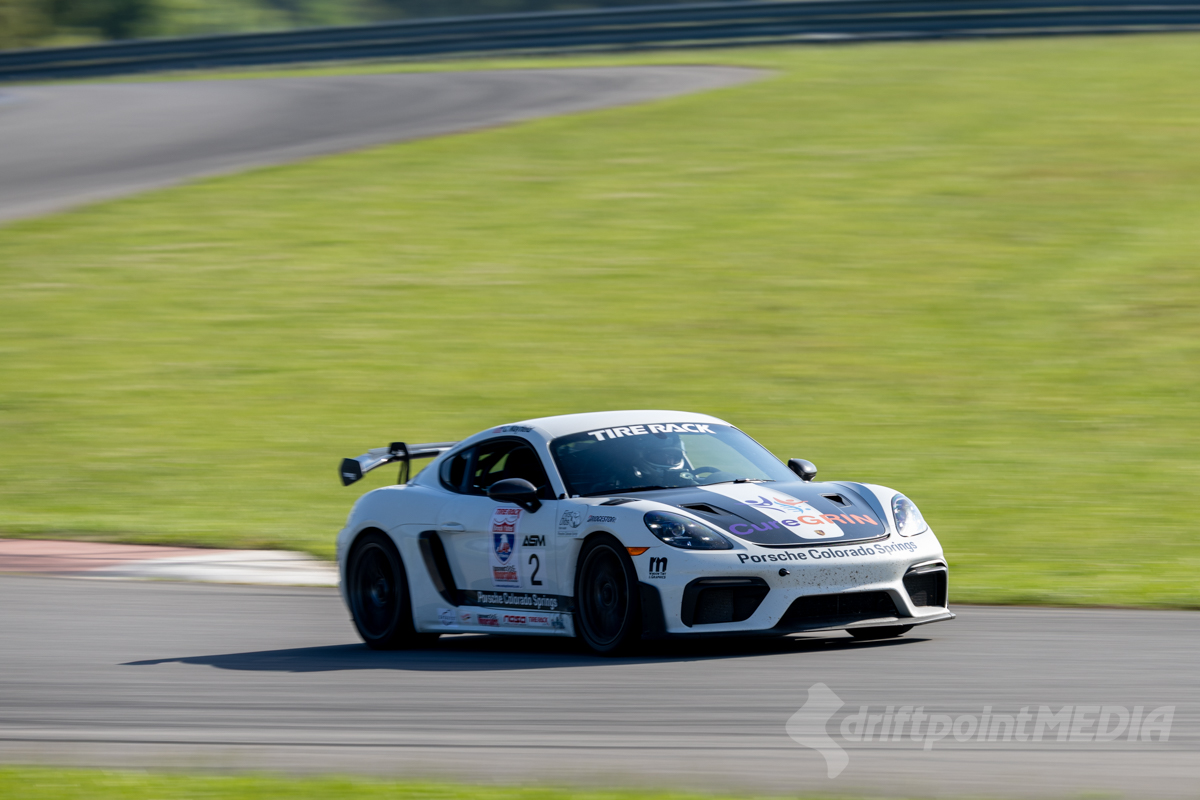
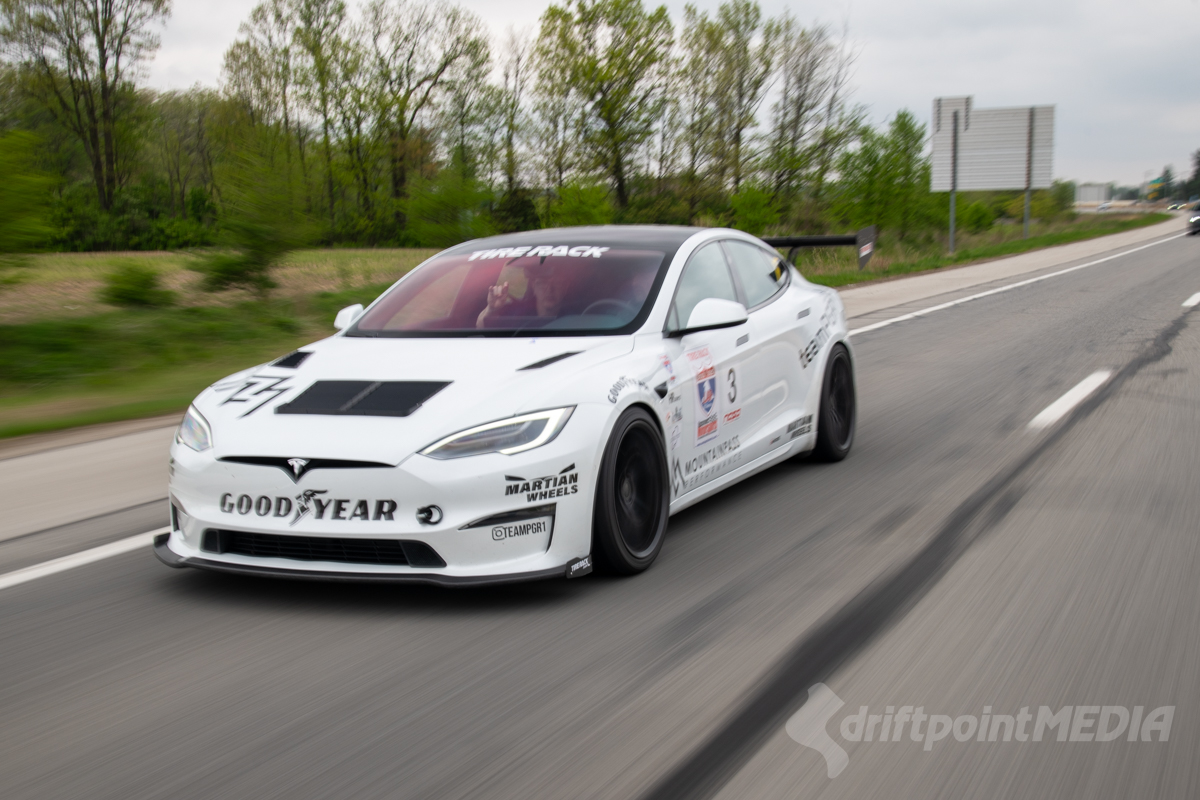 2nd Overall
2nd Overall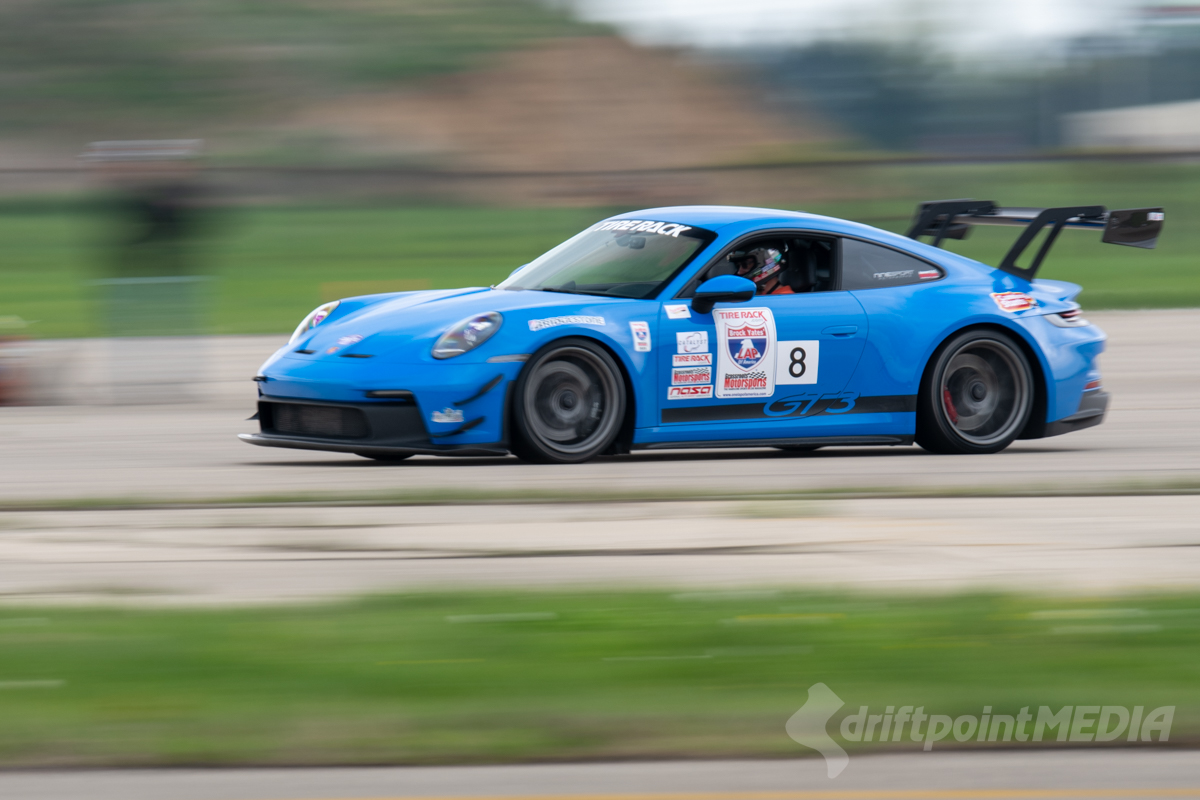
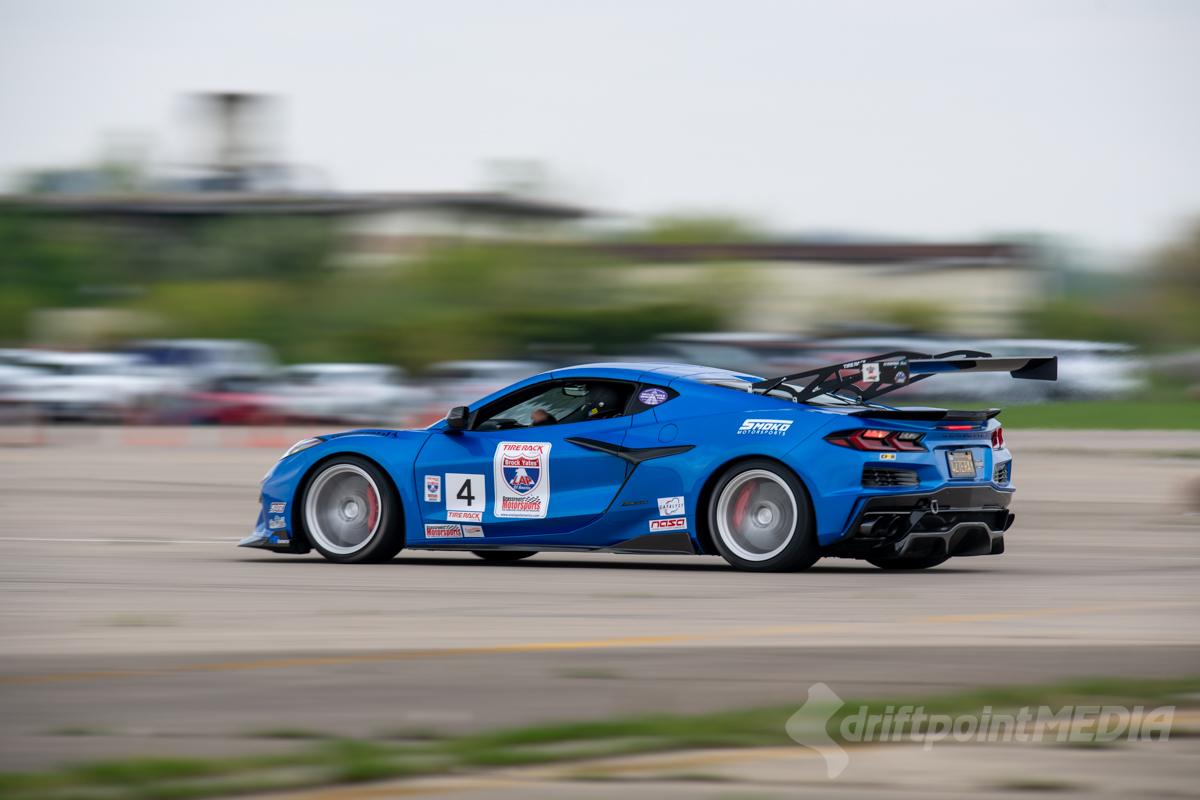
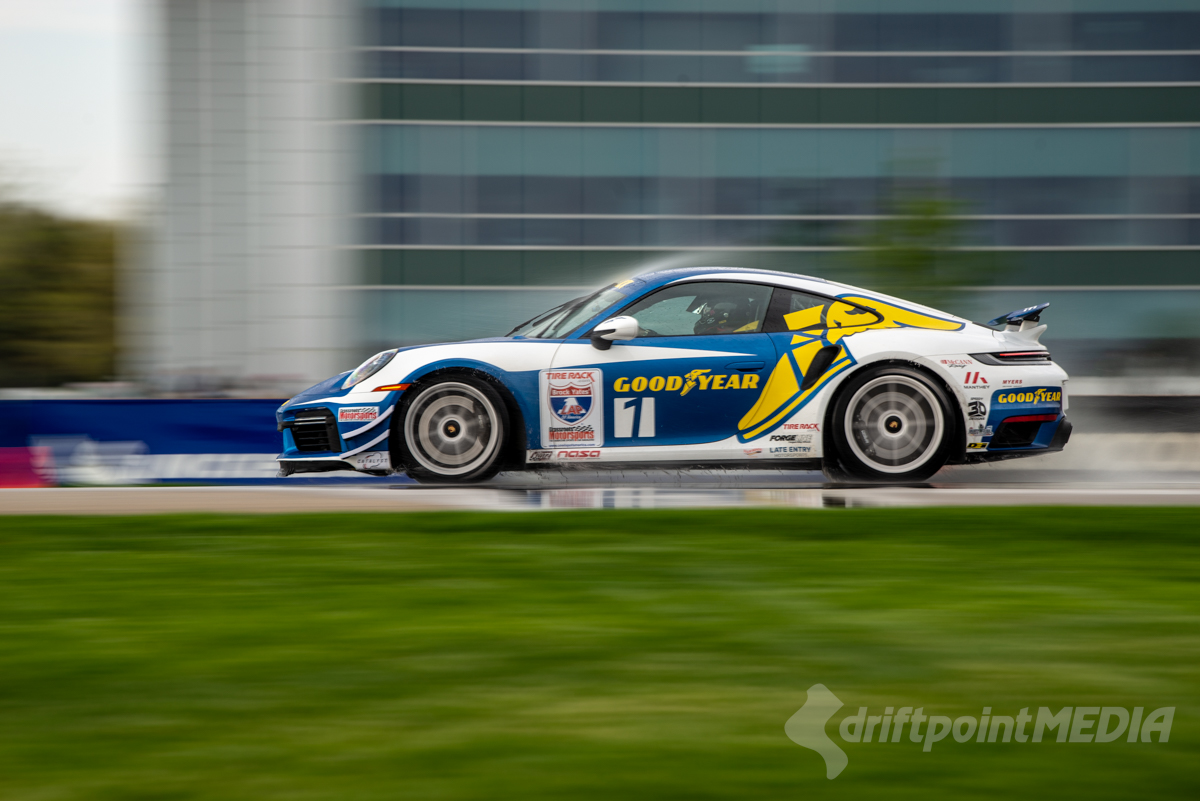
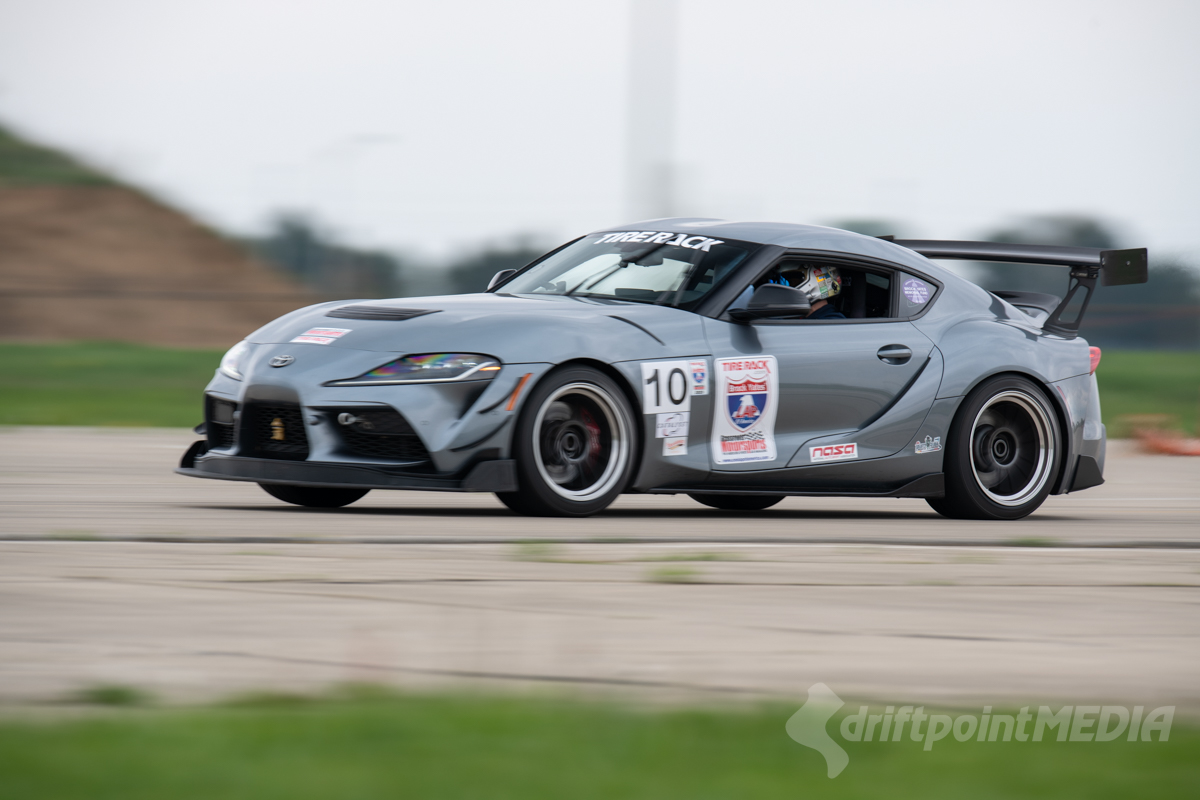
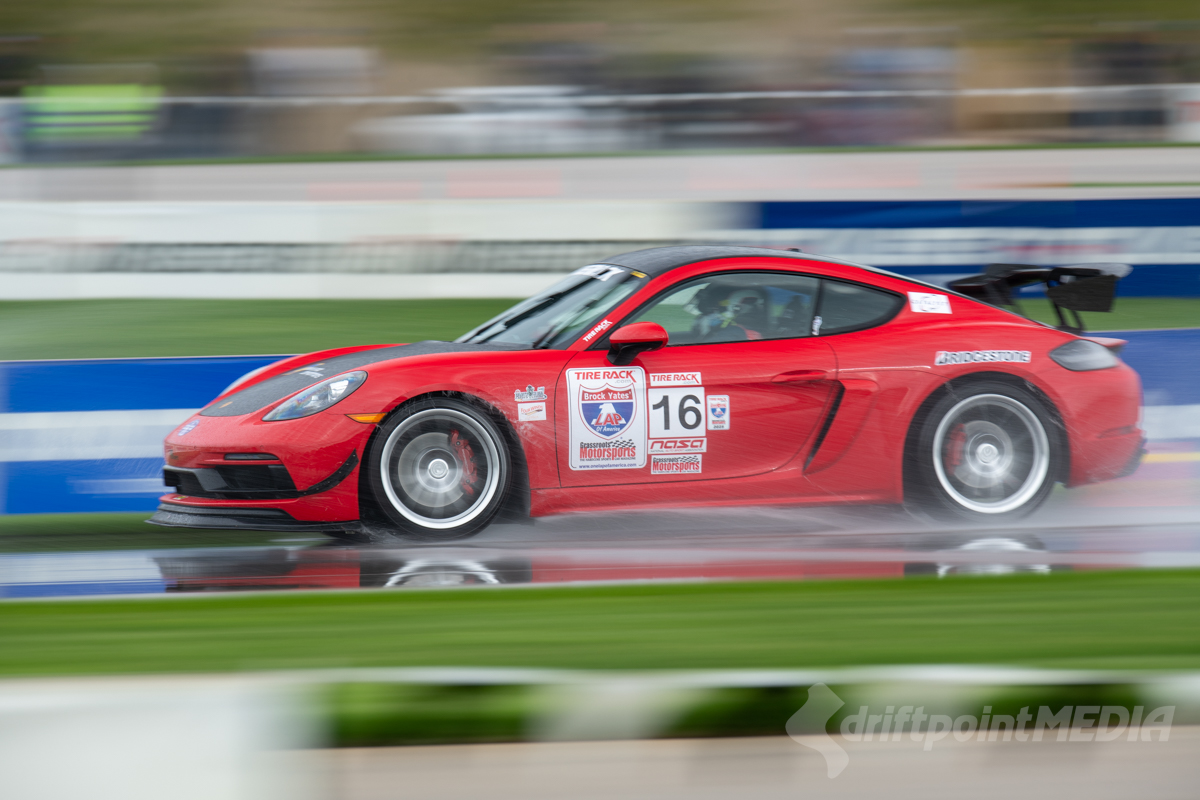
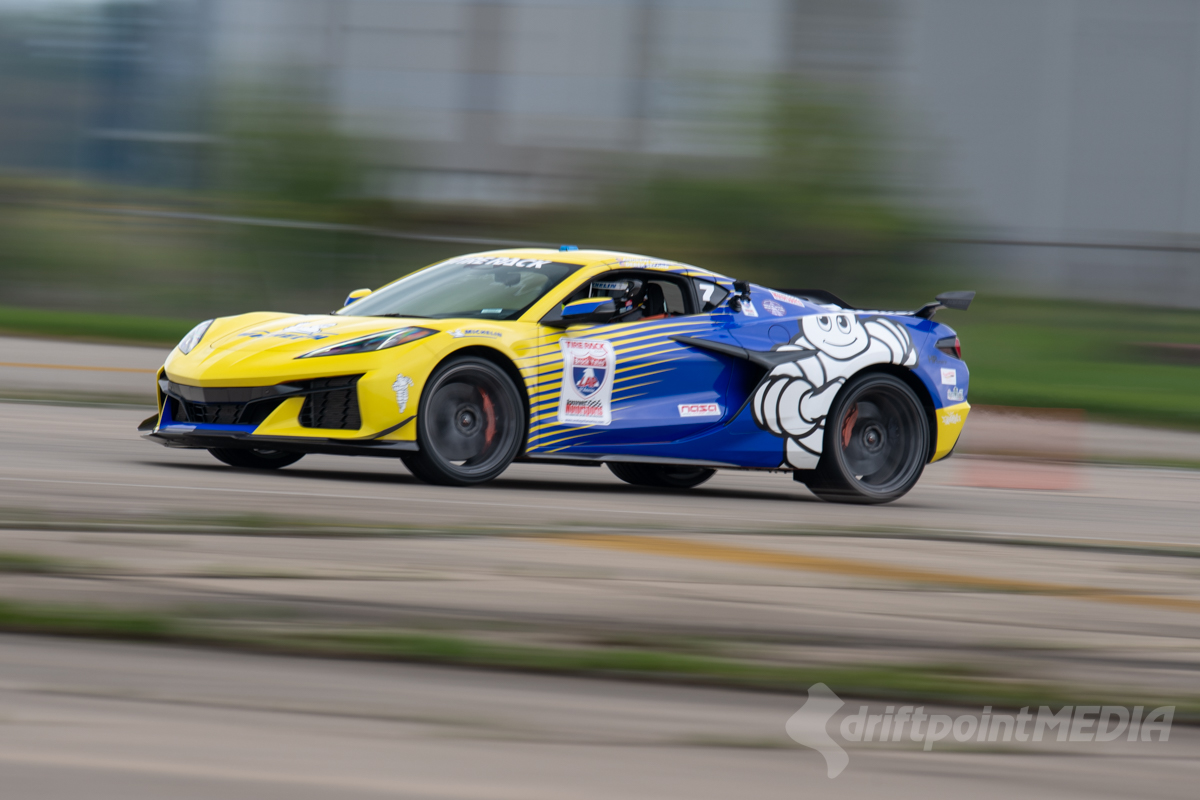
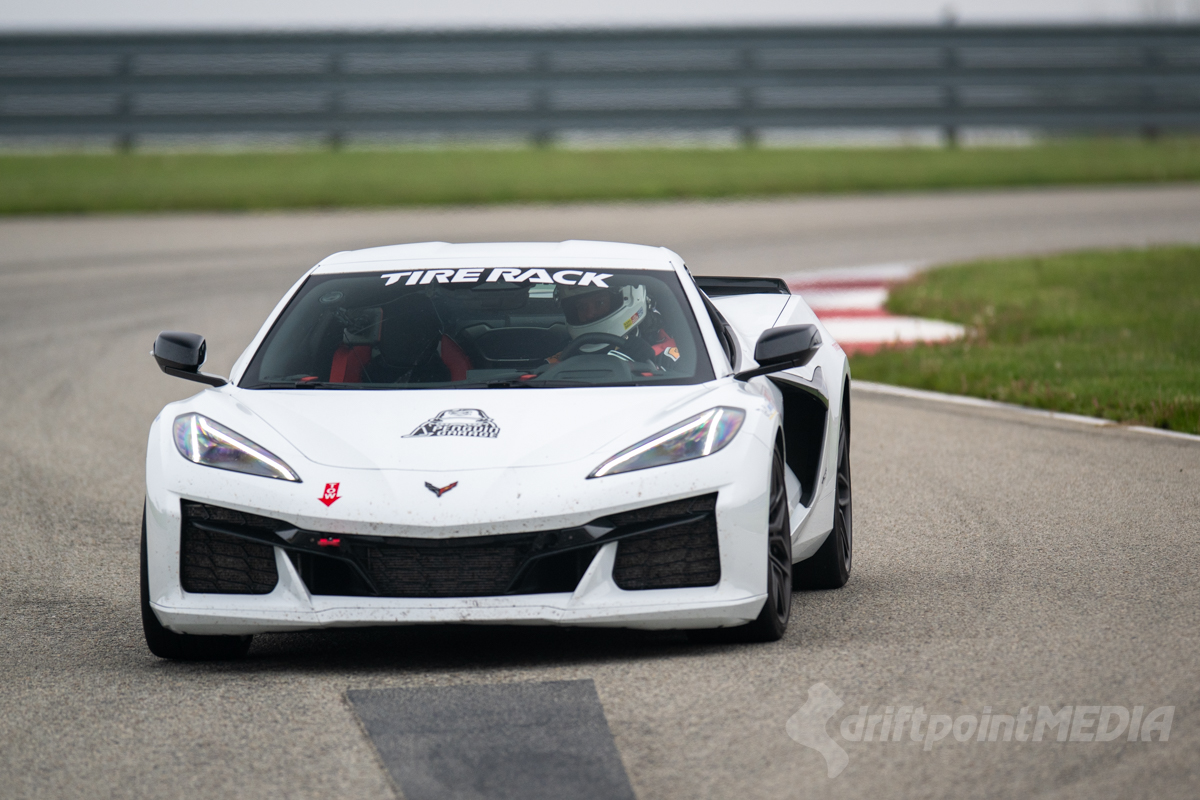
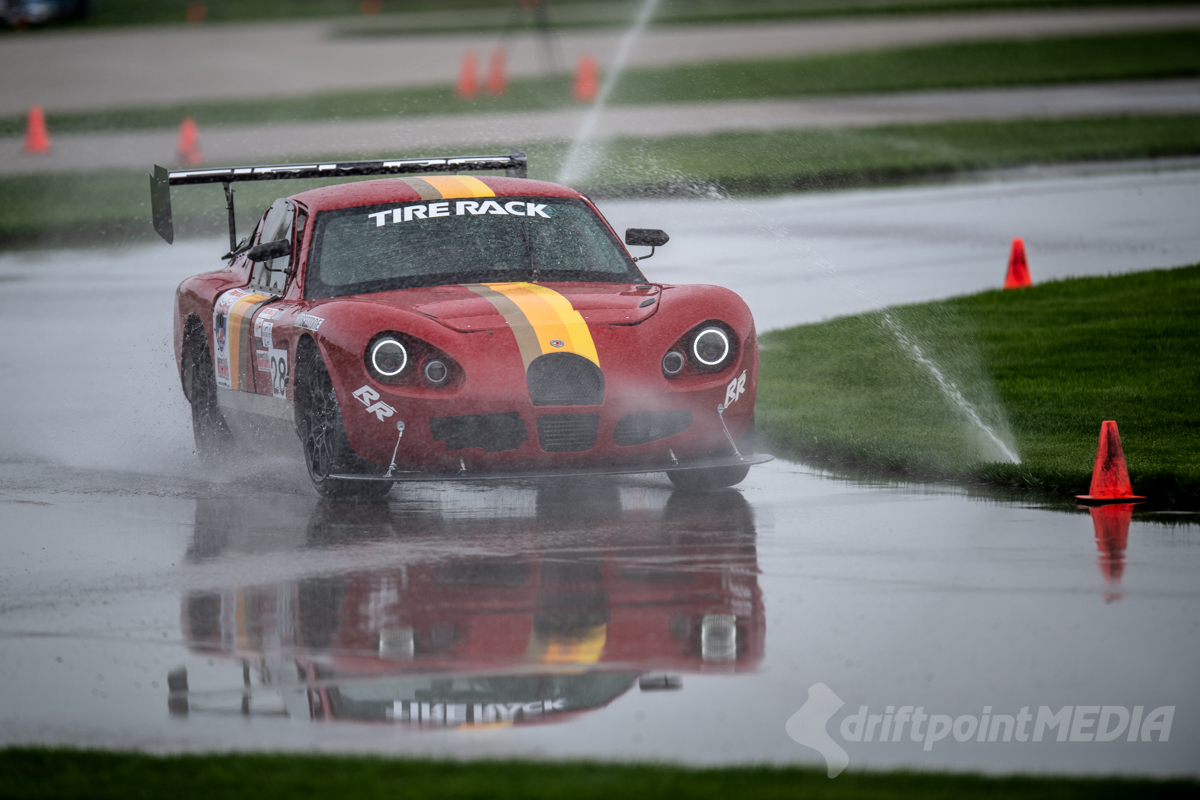
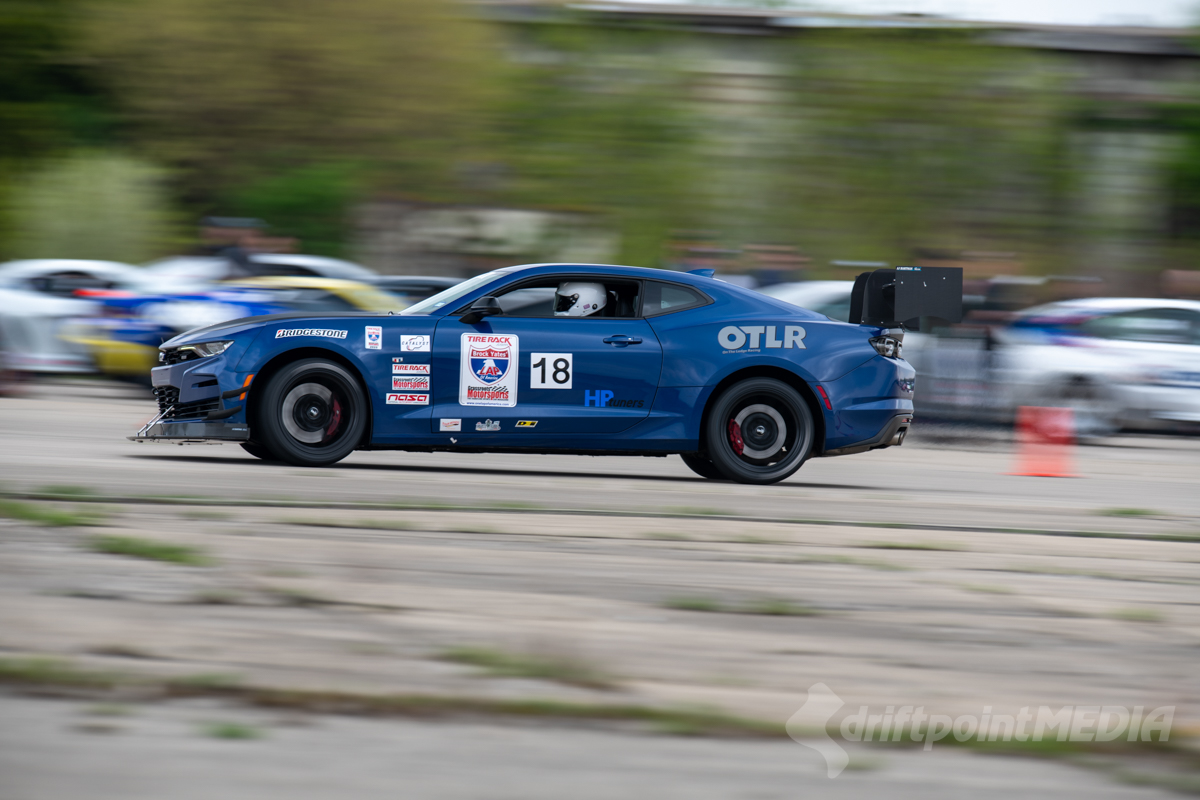
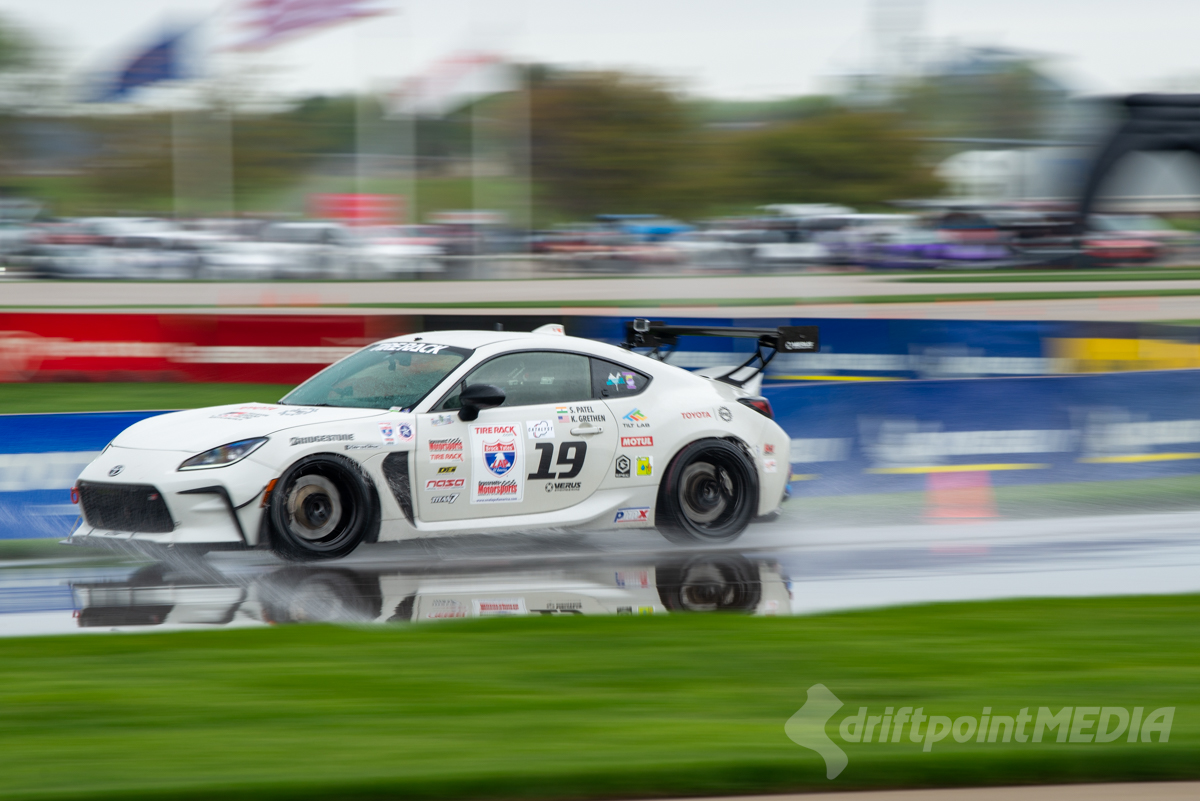

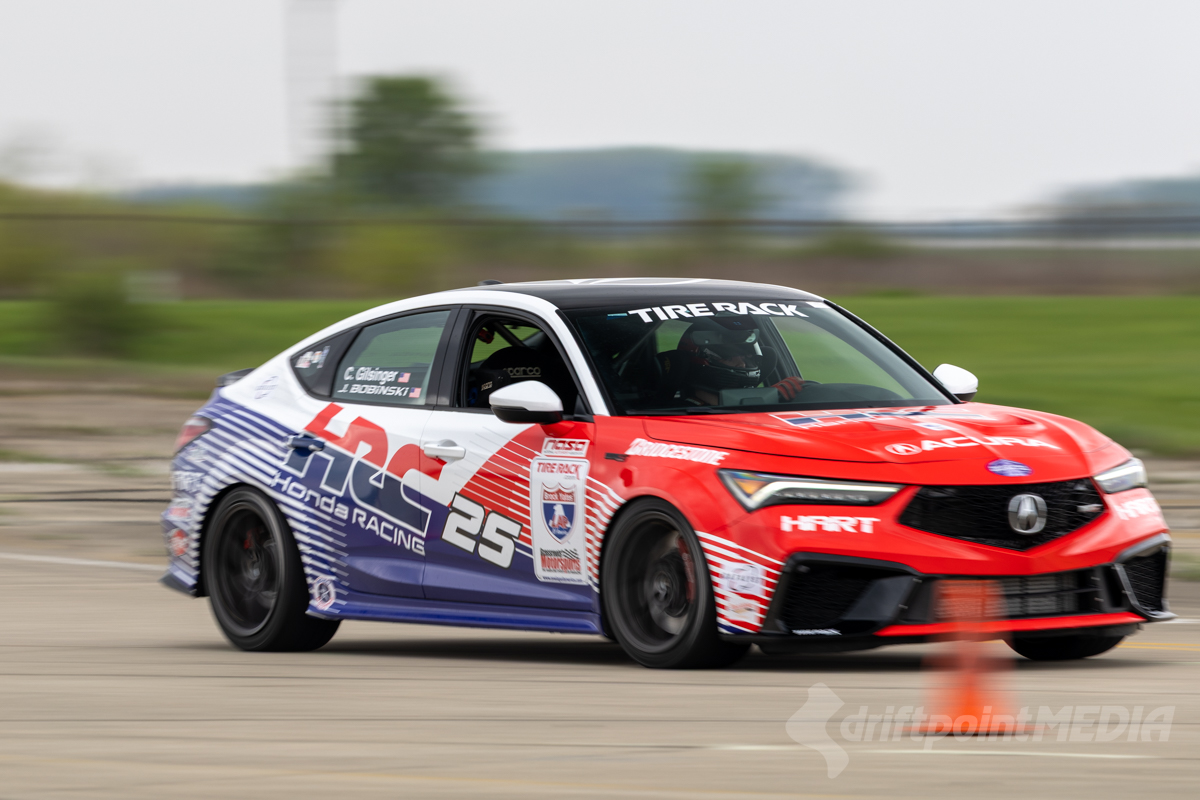
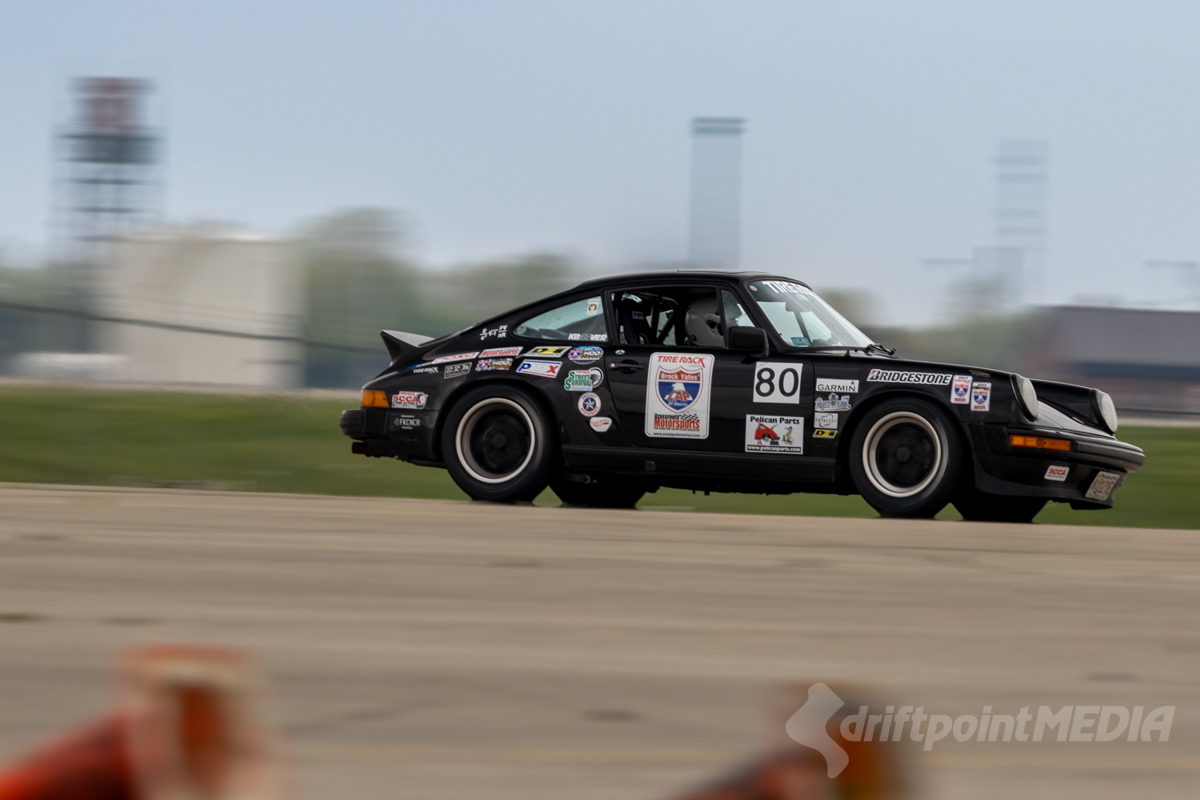
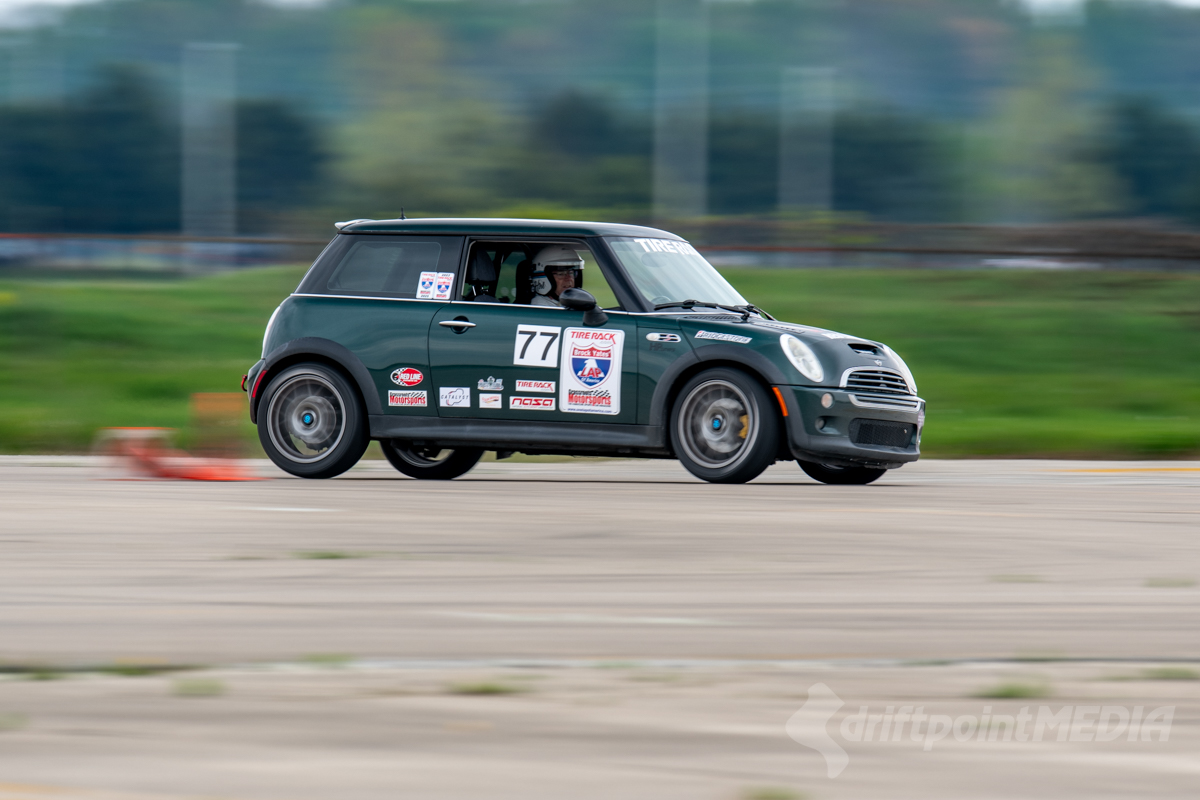












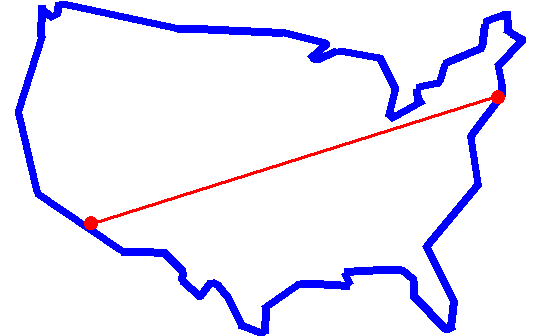
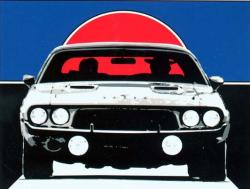 In
the early 1970's Brock Yates, senior editor of Car and Driver Magazine created
the now infamous Cannonball Sea-to-Shining-Sea Memorial Trophy Dash; a flat out,
no-holds-barred race from New York City to Redondo Beach, California. Setting out to
prove that competent, well trained drivers can indeed safely navigate the American
highways at speeds somewhat in excess of the posted limits, Mr. Yates created a spectacle
reminiscent of the days of the barnstorming pilots. But after five successful
events with none of the slaughter and mayhem predicted by the safety nazis; five events
where the continent was ultimately traversed in 32 hours 51 minutes, Mr. Yates decided
that he had made his point and it was now time to cash in with writing the screenplays for
Cannonball Run and Smokey and the Bandit II. (And, to be honest, Yates
recognized that it was only a matter of time before some militant, safety-crazed
prosecutor would bring him up before a grand jury.)
In
the early 1970's Brock Yates, senior editor of Car and Driver Magazine created
the now infamous Cannonball Sea-to-Shining-Sea Memorial Trophy Dash; a flat out,
no-holds-barred race from New York City to Redondo Beach, California. Setting out to
prove that competent, well trained drivers can indeed safely navigate the American
highways at speeds somewhat in excess of the posted limits, Mr. Yates created a spectacle
reminiscent of the days of the barnstorming pilots. But after five successful
events with none of the slaughter and mayhem predicted by the safety nazis; five events
where the continent was ultimately traversed in 32 hours 51 minutes, Mr. Yates decided
that he had made his point and it was now time to cash in with writing the screenplays for
Cannonball Run and Smokey and the Bandit II. (And, to be honest, Yates
recognized that it was only a matter of time before some militant, safety-crazed
prosecutor would bring him up before a grand jury.)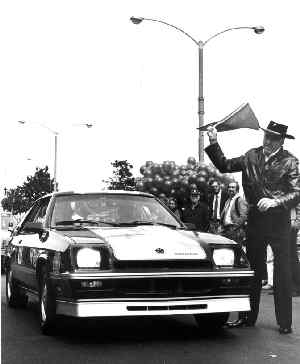 Brock then set out to create a motorsports event that was
accessable to the average Joe while capturing the excitement, lunacy and romance of the Cannonball
without the threat of being called to testify in front of a Senate sub-committee.
And so, in 1984, the first Cannonball One Lap of America was run with the
start/finish in Darien, Connecticut. That year, the format was simple:
circumnavigate the lower 48 United States and "guess Brock's mileage." The
team that came closest to Brock's distance won. Brock is the first to admit that
this format had its flaws and expected 1984 to be the first and last One Lap.
To his dismay, he was flooded with inquiries requesting entry in the following
year's event. A kinder, gentler successor to Cannonball had been born.
Brock then set out to create a motorsports event that was
accessable to the average Joe while capturing the excitement, lunacy and romance of the Cannonball
without the threat of being called to testify in front of a Senate sub-committee.
And so, in 1984, the first Cannonball One Lap of America was run with the
start/finish in Darien, Connecticut. That year, the format was simple:
circumnavigate the lower 48 United States and "guess Brock's mileage." The
team that came closest to Brock's distance won. Brock is the first to admit that
this format had its flaws and expected 1984 to be the first and last One Lap.
To his dismay, he was flooded with inquiries requesting entry in the following
year's event. A kinder, gentler successor to Cannonball had been born.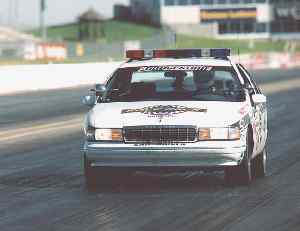 throw
in a couple of autocrosses. These moderate speed events were run against the clock
on courses set up in parking lots or on race courses with rubber pylons judiciously placed
to keep the speeds down. Feedback from the competitors was enthusiatically in favor
of more and faster speed events. Said Yates, "If these idiots had their way
they'd be driving three abreast at Charlotte!"
throw
in a couple of autocrosses. These moderate speed events were run against the clock
on courses set up in parking lots or on race courses with rubber pylons judiciously placed
to keep the speeds down. Feedback from the competitors was enthusiatically in favor
of more and faster speed events. Said Yates, "If these idiots had their way
they'd be driving three abreast at Charlotte!"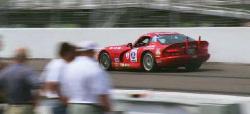 What
does it take to run in the Tire Rack One Lap of America?
A car of course (and there's a competition class to fit every automobile). The entry
fee ($4000). A minimum of two drivers who have each had some racing experience
(and/or two drivers' schools). And, the willingness to confirm your parents'
suspicion that there was always something wrong with you.
What
does it take to run in the Tire Rack One Lap of America?
A car of course (and there's a competition class to fit every automobile). The entry
fee ($4000). A minimum of two drivers who have each had some racing experience
(and/or two drivers' schools). And, the willingness to confirm your parents'
suspicion that there was always something wrong with you.











